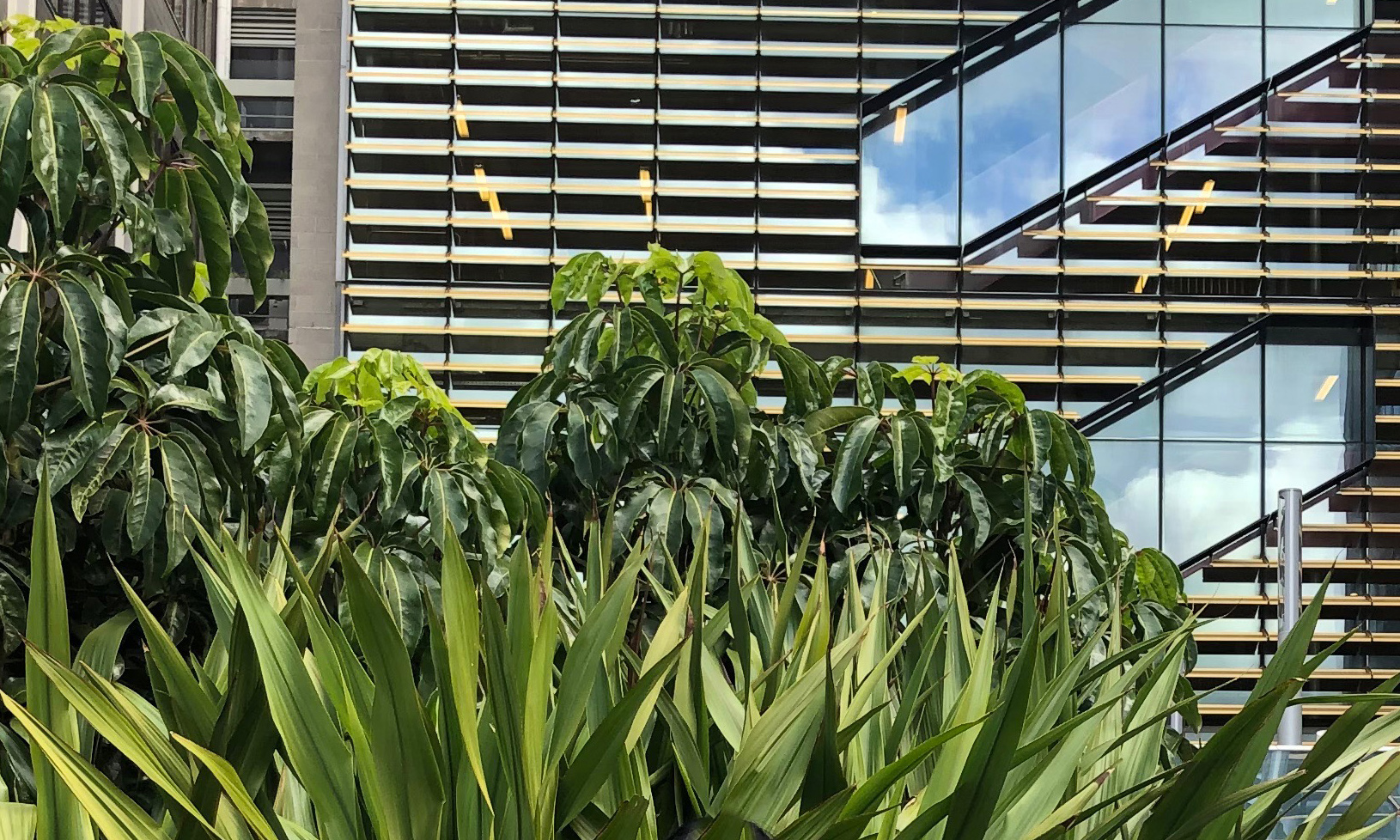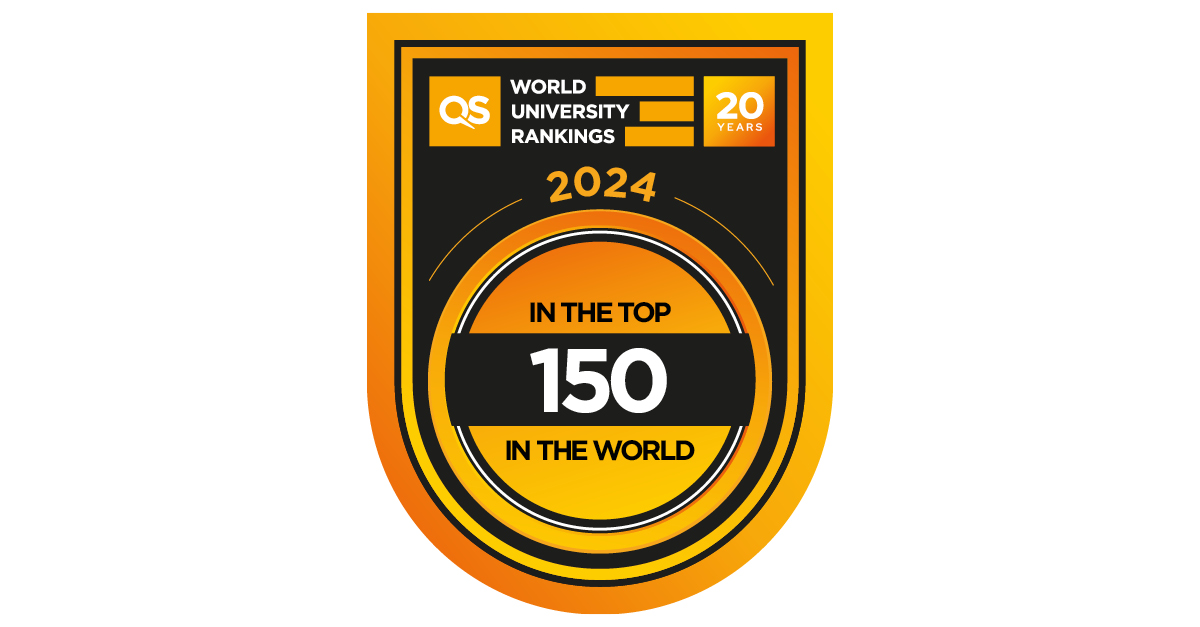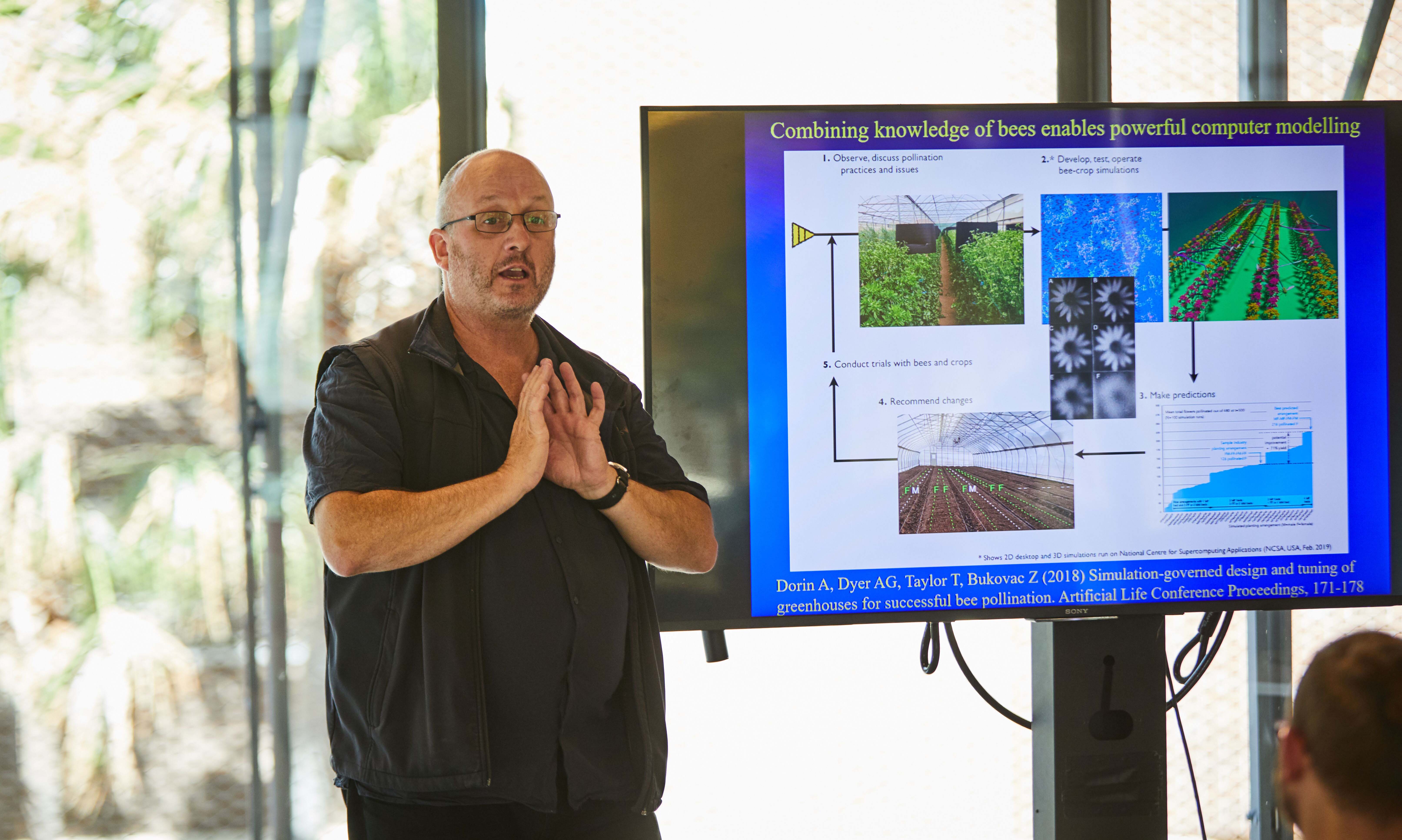A circular economy is one aimed at reducing the environmental impacts of production and consumption and gaining more productive use from natural resources.
RMIT University’s Professor Scott Valentine and Professor Usha Iyer-Raniga say the strategy currently under development presents a once-in-a-generation opportunity to align resource efficiency, eco-innovation, behaviour change and waste management in the Victorian economy.
“What is decided now will shape government policy programs in this area for the next 10 years,” Valentine says.
But after following the government’s draft proposal closely and participating in this month’s strategy feedback workshops, they fear the urgency of the current recycling crisis has skewed thinking and that the right players are not being included to achieve a result.
Valentine says a circular economy strategy is more than just a recycling strategy: recycling focuses on waste, while circular economies focus more comprehensively on resource efficiency throughout the system.
“If we try designing a circular economy strategy with a recycling frame of mind, as is currently the case, essential elements will become neglected and corporate uptake jeopardised,” says Valentine.
“If implemented correctly, a circular economy strategy will enhance corporate profitability, reduce resource costs, make Australian industry more competitive and create new business and new jobs."
The RMIT CE Hub engages with corporations on a regular basis to help them identify highly profitable resource efficiency strategies.
"Business people typically come away from our discussions shocked at the savings and revenue side opportunities that they have been missing," says Valentine.
“In short, the circular economy needs to be approached as an economic development strategy and connections need to be made with R&D hubs like we have at RMIT. Failure to do so will discourage corporate buy-in and the initiative will underperform.”
Iyer-Raniga says environmental ministries have an important role in circular economy strategic development. However, a look at how other leading nations are going about it shows these ministries seldom carry the torch alone, as is the case in Victoria.
She points to Denmark’s Strategy for Circular Economy, which is branded as a co-creation of Denmark’s Ministry of Environment and Food and it’s Ministry of Industry, Business and Financial Affairs.
Similarly, Holland’s National Circular Economy Strategy is dubbed a government-wide effort and is prefaced with co-endorsements from The Minister for the Environment and The Minister of Economic Affairs.





